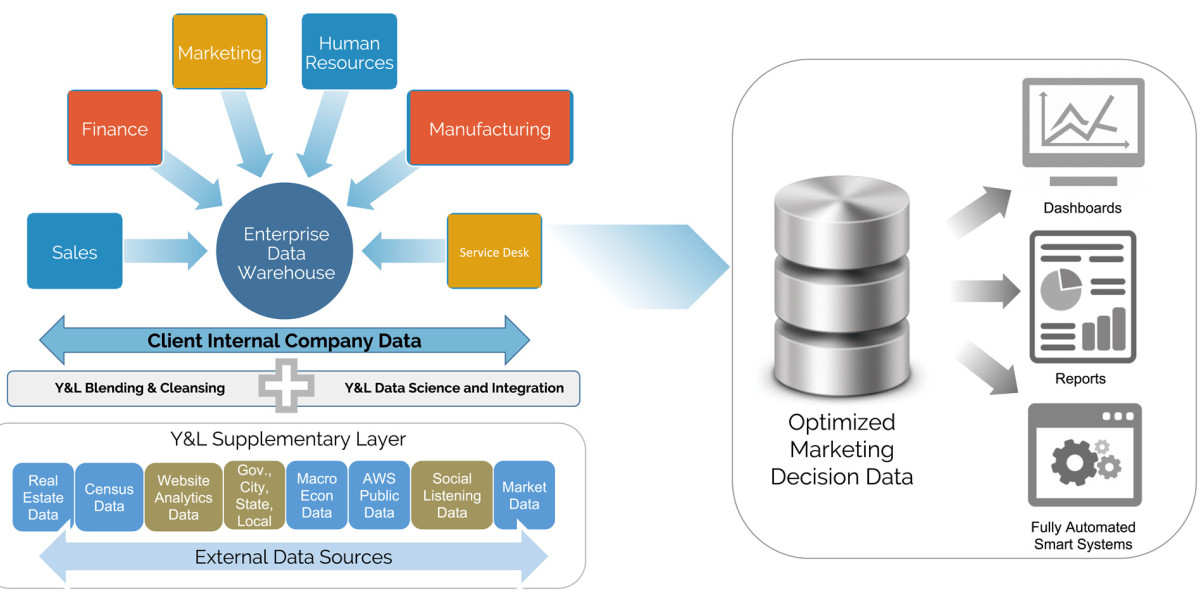The future of the global payment security market is being shaped by a wave of transformative technologies that are redefining how digital transactions are conducted and protected. As payments shift from traditional card swipes and bank transfers to mobile wallets, contactless methods, IoT-enabled payments, and blockchain infrastructures, security needs have evolved significantly. Organizations are now relying on advanced technologies such as artificial intelligence (AI), machine learning (ML), tokenization, behavioral biometrics, cloud-native security, and decentralized architectures to safeguard sensitive financial data. These innovations are not merely incremental improvements—they represent a structural shift toward intelligent, automated, and user-centric security systems capable of addressing the complexities of modern digital ecosystems. Understanding these emerging technologies provides insight into how the payment security market will evolve in the coming years.
Artificial intelligence and machine learning stand at the forefront of these transformations, fundamentally changing the way organizations detect and prevent fraud. Traditional rule-based systems are no longer sufficient to counter sophisticated cyberattacks. AI-driven systems analyze vast datasets—spanning device fingerprints, IP addresses, transaction histories, user behavior, and environmental signals—to identify anomalies in real time. Machine learning models continuously improve as they encounter new data, enhancing their accuracy and adaptability. These technologies power risk scoring algorithms, predictive fraud analytics, and automated decision engines that can halt suspicious transactions before they are completed. As fraudsters leverage AI tools themselves, defensive AI becomes even more critical, driving significant investments in advanced, self-learning security solutions.
Another pivotal technology reshaping the payment security landscape is tokenization. Tokenization replaces sensitive payment card data with randomized, meaningless tokens that cannot be reversed or exploited by attackers. This drastically reduces the risk of data exposure, even in the event of a breach. Tokenization has become integral to mobile wallets, contactless payments, and e-commerce checkout systems. Its widespread adoption is driven not only by security concerns but also by compliance mandates such as PCI DSS, which encourages minimizing the storage and transmission of actual card data. As digital payments continue to surge, tokenization will remain a foundational pillar in securing both in-store and online transactions.
Biometric authentication has also emerged as a game-changer in payment security. With the widespread use of smartphones and wearable devices, consumers now expect frictionless yet secure authentication methods. Biometrics—such as fingerprint recognition, facial scanning, iris detection, and voice verification—provide a fast, seamless, and highly secure way to validate transactions. Advances in biometric technology have enabled multi-modal authentication, where multiple biometric indicators are combined for stronger security. Behavioral biometrics, which analyze patterns such as typing rhythm, device movement, and navigation habits, add an invisible layer of protection without interrupting the user’s experience. As payment systems become increasingly integrated into daily activities, the adoption of biometric and behavioral authentication will continue to grow.
Blockchain technology is another transformative force with significant implications for payment security. Blockchain’s decentralized architecture and cryptographic mechanisms provide inherent security benefits, including transparency, immutability, and tamper resistance. While blockchain is widely known for powering cryptocurrencies, its applications extend far beyond digital assets. Blockchain-based payment systems can reduce fraud, enhance transaction traceability, and eliminate vulnerabilities associated with centralized databases. Smart contracts automate payment workflows, ensuring accurate and secure execution of transactions without human intervention. However, blockchain also introduces new challenges, such as securing private keys and addressing vulnerabilities in smart contract code. As adoption increases, the market for blockchain security tools will expand, offering solutions tailored to decentralized finance (DeFi) ecosystems and cross-border blockchain payments.
Cloud-native payment security solutions are becoming increasingly prevalent as organizations embrace digital transformation. Cloud platforms offer scalability, cost efficiency, and real-time updates that traditional on-premise systems cannot match. Cloud-native security tools include API security gateways, encryption-as-a-service (EaaS), secure access management, and automated compliance engines. These solutions integrate seamlessly with modern payment architectures, supporting omnichannel payment flows and distributed business models. The ability to deploy security patches instantly and respond to threats in real time makes cloud-native tools particularly valuable in fast-evolving environments. As businesses increasingly adopt hybrid and multi-cloud strategies, cloud-based payment security will continue to dominate the market.
The Internet of Things (IoT) is also reshaping the future of payment security, as billions of connected devices—from wearables and smart appliances to connected cars—begin to support payments. IoT-enabled payments introduce unique challenges because many devices lack robust security features. Attackers can exploit these devices to intercept payment data, manipulate transactions, or gain unauthorized access to networks. To address these risks, payment security frameworks must incorporate device authentication, secure communication protocols, and embedded hardware security modules (HSMs). As IoT-based payments grow, such as in smart retail, automated fuel stations, and in-car purchases, securing machine-to-machine transactions will become a critical area of innovation.
More Releted Report:
Next Generation Computing Market
Online Airline Booking Platform Market
Personal Data Recovery Software Market
About Market Research Future:
At Market Research Future (MRFR), we enable our customers to unravel the complexity of various industries through our Cooked Research Report (CRR), Half-Cooked Research Reports (HCRR), Raw Research Reports (3R), Continuous-Feed Research (CFR), and Market Research & Consulting Services.
MRFR team have supreme objective to provide the optimum quality market research and intelligence services to our clients. Our market research studies by products, services, technologies, applications, end users, and market players for global, regional, and country level market segments, enable our clients to see more, know more, and do more, which help to answer all their most important questions.








